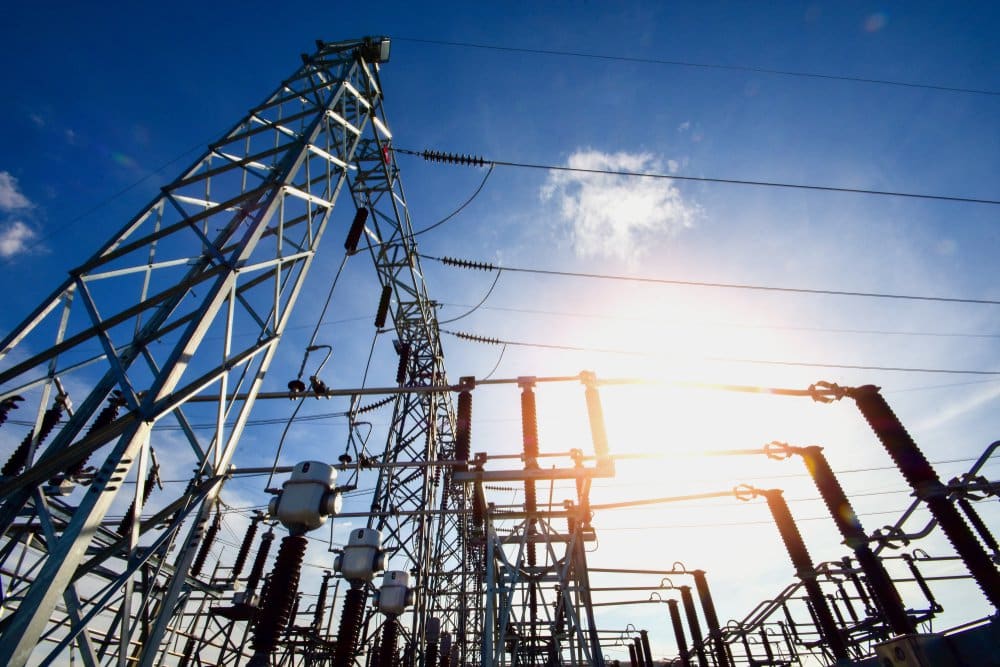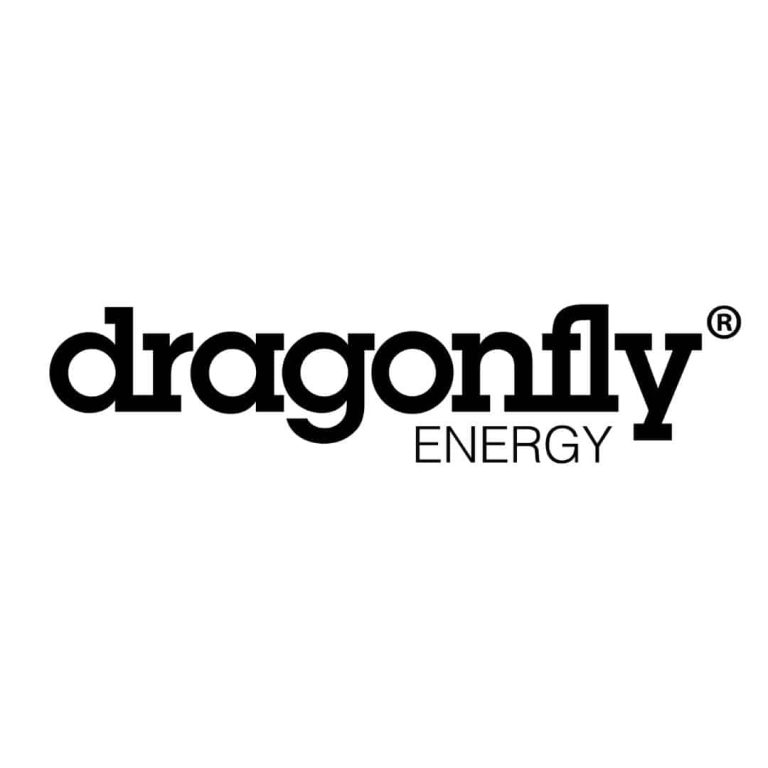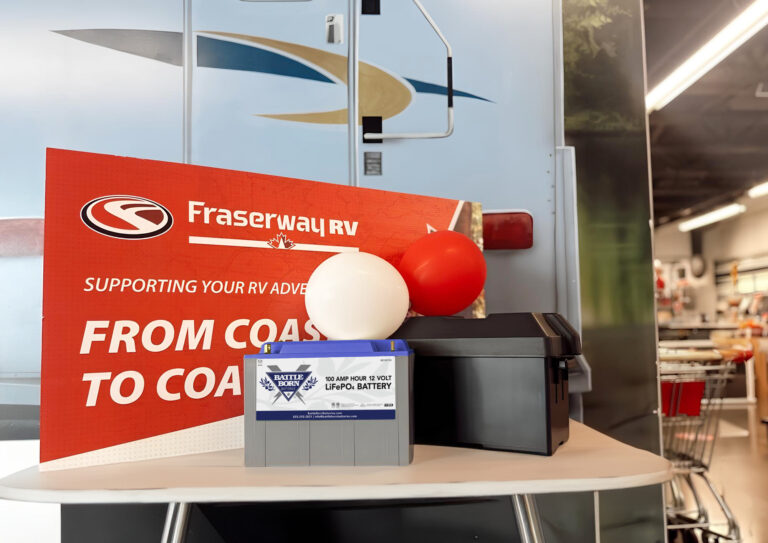The increasing urgency of the climate crisis has pushed renewable energy towards a critical mass. Adopting and implementing sustainable power production methods is gaining prominence and efficacy—enough so that the average person can now seriously consider clean energy a viable option. However, if you're interested in switching to sustainable sources, the energy storage infrastructure required to sustain green power can present a hurdle.
Home or RV owners—who now widely use sources like solar power—require efficient green energy storage. But the novelty of sustainable power means that you likely don’t have a system in place to store and maintain the energy your solar panels produce. And due to the intermittent nature of many renewable energy sources, battery technology is a foundational component of any sustainable system.
So before adopting renewable energy options, you’ll first need to research the most efficient storage methods for your needs. Two prominent forms of energy storage exist: distributed and centralized. To fully leverage sustainable technology, understanding the nuanced differences and complementary roles of both storage paradigms is essential.
Centralized Energy Storage
Centralized systems, as the name indicates, concentrate all stored power in a single location. Essentially, if you’re leveraging renewable power from a centralized storage system, you need to hook up your home, RV, or whatever you’re powering to a grid that first accumulates green energy, and then distributes it. The technology accumulates excess energy generated during low-demand periods and then releases it during peak times.
There are some notable advantages of centralized energy storage infrastructure. Firstly, because utility companies generally run centralized infrastructure, they can quickly respond to energy shortages or surges, maintaining grid stability. This means that you can rely on centralized infrastructure regardless of issues with intermittent renewable energy sources.
For example, if your solar panel hasn’t produced enough power to sustain your usage for the day, the centralized grid can pull from the pool of excess energy accumulated to maintain your consumption.
Furthermore, centralized energy storage leverages the principles of economies of scale. Large-scale operations can store energy more cost-effectively per unit.
However, despite these advantages, there are some drawbacks to centralized energy storage. First and foremost are the energy losses that occur during storage and retrieval processes. Plus, there are potential ecological disruptions with centralized infrastructure, particularly with hydroelectric storage options.
Of course, building centralized infrastructure also requires high initial costs—not to mention the increased maintenance costs for the complex networks, all of which is borne by the consumer at the end of the day. That said, centralized energy storage plays a critical role in modern electricity grids, offering a solution to balance supply and demand, stabilize the network, and integrate renewable energy sources.
Centralized infrastructure fulfills a clear need for sustainable energy storage—but it’s not the only option.
Distributed Energy Storage
The alternative to centralized systems is a distributed storage structure. This type of storage infrastructure doesn't limit itself to one large, singular location. Instead, it’s comprised of small-scale units installed at various points.
Generally, distributed energy storage (DES) systems rely on solutions like lithium-ion batteries to efficiently hold power. These systems are particularly well-suited for working in tandem with localized renewable energy sources, such as solar panels or small wind turbines, to capture excess energy generation for later use. This way, you can access a reliable source of electricity even if the sun isn’t shining or the wind isn’t blowing.
Even with the added reliability that lithium-ion battery technology can bring, the independence of a DES system can be a double-edged sword. On one hand, an independent energy system enhances local energy reliability and reduces dependency on the central grid. But at the same time, a DES system may have limited storage capacity compared to its centralized counterparts.
With this in mind, you can implement a hybrid system capable of capturing, storing, and using energy independently while also connecting to a centralized energy source. Of course, if you want to depend on your DES system entirely, you can scale your energy storage capacity up or down depending on the equipment you buy.
Much like centralized infrastructure impacts surrounding environments, the lithium mining process required to source raw materials for advanced battery technology can also cause ecological harm. Carefully vet which companies you source your technology from; manufacturers like Dragonfly Energy work with conscientious lithium mining companies that implement best practices throughout their operations to reduce the environmental impacts of lithium mines.
Adopting Clean Energy Battery Technology
At the end of the day, switching to renewable energy sources is a good move. However, the key to making a successful switch to renewable energy systems is to ensure you’re integrating the right infrastructure for your situation and needs.

A hybrid approach, for instance, might prove ideal for those who want to incorporate energy independence while mitigating the risks that come with it. Meanwhile, distributed energy storage systems often serve as the best option for mobile applications. Either way, high-quality, durable, and efficient batteries are crucial for maximizing the potential of any solution.
Considering this, you’ll want to source your batteries from a reliable manufacturer like Dragonfly Energy. Dragonfly Energy designs state-of-the-art lithium-ion battery solutions to meet the demands of distributed or hybrid energy storage systems; with Dragonfly, you can ensure that your storage system is equipped with top-tier technology, offering longevity, efficiency, and reliability. Plus, a superior customer service team will help you set up and maintain your energy system; this way, it’s easy to ensure your energy needs are met with the best that technology has to offer.
Contact Dragonfly Energy today to learn more about their storage solutions.



